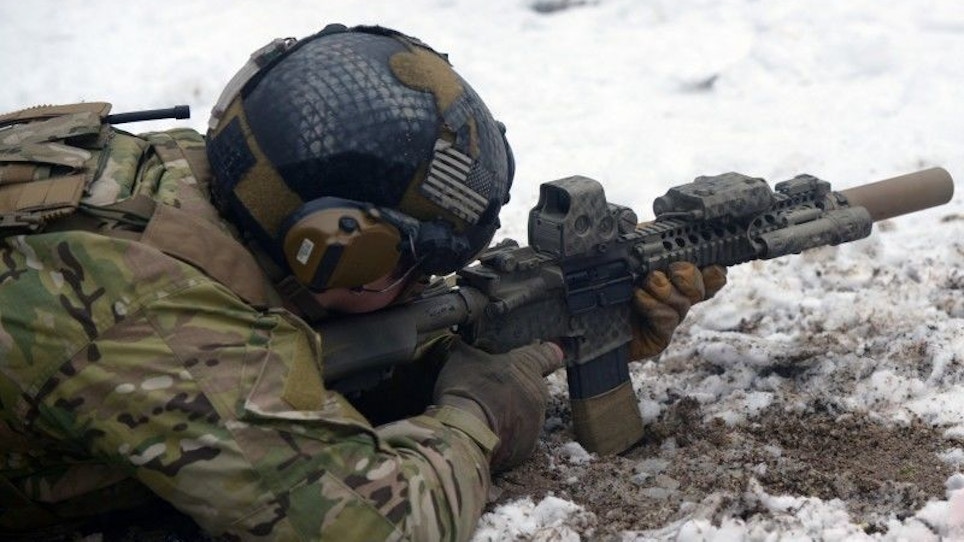Prosecutors say sights shift 20 inches in cold temps
The makers of one of the world's best known electronic weapon sights has settled a lawsuit brought by the U.S. government after special operations troops and federal law enforcement agencies reported the sights failed in certain conditions.
L3 Communications, the parent company of EOTech — which makes several versions of its "holographic weapon sight" for special operations troops and law enforcement agencies — reportedly settled the suit for $25.6 million on Nov. 24.
Federal prosecutors alleged EOTech knowingly sold defective sights to the government. Court documents say the sights lost their zero at extreme temperatures and were not as resistant to water as the company claimed. The court documents say the company knew about the problems far nearly a decade, did not disclose them to the government and continued to rake in profits from government sales.
“The defendants, L-3, EOTech and EOTech’s senior executive Paul Mangano, engaged in fraudulent double dealing by selling defective products to the men and women who risk their lives to protect our country," said U.S. Attorney Preet Bharara in a statement. "With their own sights focused exclusively on corporate profits, the defendants let our soldiers fight with defective sights on their weapons."
L3 told Reuters in a statement the company was pleased to settle the case and had cooperated fully with the government.
The company had previously set aside $26 million for potential litigation, according to 2015 financial statements. In September, the Army issued a so-called "Safety of Use Message" warning soldiers their EOTech sights could shift zero as much as 4 inches at temperatures as high as 120 degrees and as low as -40 degrees.
"As part of [the] settlement, EOTech and L-3 admitted that EOTech knew that its holographic weapon sights experienced thermal drift, cold weather distortion, and moisture incursion," Federal prosecutors said. "EOTech and L-3 also admitted that despite EOTech's representations to DOD that the sights performed in hot, cold, and humid conditions, and despite EOTech contractual obligation to disclose to DOD any performance-related data affecting the reliability of the sights, EOTech continued to sell the sights to the Government for more than one year without disclosing cold weather distortion, and for several years without disclosing thermal drift or moisture incursion."
The $25.6 million settlement is still subject to approval by a Federal judge.






